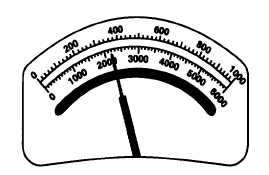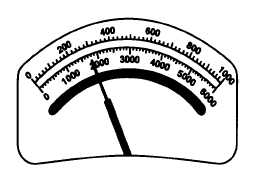| |
TM 10-3930-671-24
3.
Very low stall rpm (750 - 1500 rpm) is an
indication that:
a)
Torque converter stator is slipping. Repair
of torque converter is required.
b)
Engine has an obstruction in air intake or
exhaust system.
4.
High stall rpm (greater than 2400 rpm) is an
indication of:
a)
Low transmission clutch pressures, due to:
(1) Inching
pedal
linkage
requires
adjustment.
(2) Stuck inching valve.
(3) Weak (worn) transmission charging
pump.
(4) Faulty transmission pressure regulator
valve.
b)
Transmission clutch pack disc slippage due
to low pressure (see above), or glazing on
the disc surfaces.
c)
Torque
converter
blade
(fin)
damage
(loose, bent, or broken).
d)
Converter spline worn.
Transmission Pressure Checks
Perform a complete check of transmission pressures,
including individual clutch apply pressures. Refer to
section 7.3, Transmission Pressure Checks.
1.
If transmission pressures are correct, check
further for:
a)
Clutch disc glazing,
b)
Torque converter blade damage, or
c)
Converter spline wear.
2.
To do this, stall the engine at full throttle for 30
seconds, let the engine speed return to idle, then
accelerate the engine speed slowly again to full
throttle.
a)
If stall rpm returns to normal, this is an
indication that the clutch discs are glazed.
b)
If stall rpm is greater than normal, this is an
indication that the torque converter fins are
damaged, splines are worn, or clutch is
worn or damaged. Transmission repair is
required.
Test Completion
1.
When
engine
RPM
and
stall
tests
are
completed, turn the engine off.
2.
Remove the tachometer.
3.
Lower and latch the seat deck. Be sure that the
seat deck is correctly latched. Install and close
the side doors.
4.
Raise the truck and remove blocking, if used.
Lower the drive wheels to the floor.
F-91 (F-92 blank)
|



